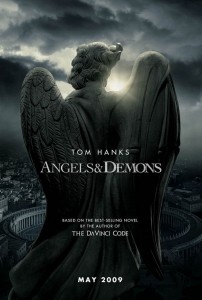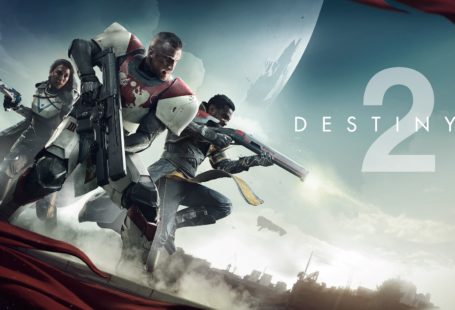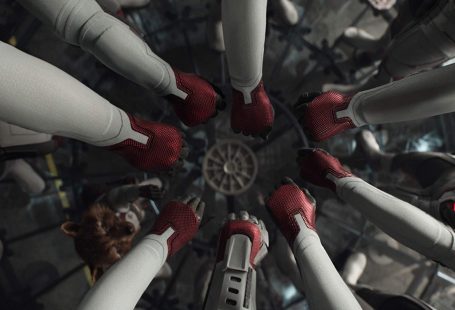 Two things I know to be guaranteed as I write this review: “Star Trek” will not hold on to the top box office spot this weekend, and despite Tom Hanks ruffling many a Mormon’s feathers last January, calling them “Un-American” for supporting Proposition 8, those same folks will be lining up in droves this weekend to forgive Hanks as he reprises his role as symbologist Robert Langdon in “Angels & Demons.” The cash and clemency are both deserved, because the movie is fast-paced, taut and well-acted. It emphatically atones for the lackluster, long-winded snorefest that was 2006’s “The Da Vinci Code.”
Two things I know to be guaranteed as I write this review: “Star Trek” will not hold on to the top box office spot this weekend, and despite Tom Hanks ruffling many a Mormon’s feathers last January, calling them “Un-American” for supporting Proposition 8, those same folks will be lining up in droves this weekend to forgive Hanks as he reprises his role as symbologist Robert Langdon in “Angels & Demons.” The cash and clemency are both deserved, because the movie is fast-paced, taut and well-acted. It emphatically atones for the lackluster, long-winded snorefest that was 2006’s “The Da Vinci Code.”
For the uninitiated, “Angels & Demons” is based on the Dan Brown novel of the same name. Published in 2000, the novel was Brown’s second work of fiction, preceded by 1998’s “Digital Fortress,” and grew in popularity and acclaim after the 2003 release of Brown’s most popular work, “The Da Vinci Code.” I read the latter novel and absolutely loathed the movie version; I haven’t read “Angels & Demons” and I thought the movie was terrific. Go figure.
Ron Howard (“Frost/Nixon”) is again behind the camera as director of “Angels and Demons,” and he’s joined by “The Da Vinci Code” screenwriter and longtime collaborator Akiva Goldsman (he wrote “Cinderella Man” and “A Beautiful Mind,” both Ron Howard directed movies). David Koepp (“Indiana Jones and the Kingdom of the Crystal Skull”) is also credited for the screenplay, with rumblings that Sony Pictures called him to the project with a plea to fix a troubled script. It must have been important given Koepp’s five million dollar per script fee, and whatever he fixed is definitely present in the nearly two and a half-hour movie.
For those who have read the novel, the plot of the movie will be no surprise and maybe that’s a bad thing. If you’re like me, it’s difficult to enjoy a film adapted from a beloved book because you notice everything the filmmakers aren’t getting right. This begs the question, and something I’ll write about soon at AndyAtTheMovies.com, are books-to-movies destined to almost always fail? The short answer is yes and I think movie history, for the most part, belays my opinion.
Like “The Da Vinci Code,” the story revolves around Harvard symbologist Robert Langdon (Tom Hanks). When the film opens, Langdon is pulled from his morning swim and whisked away to Rome to help the Catholic Church solve a mystery involving an ancient brotherhood of intellectuals known as the Illuminati (from the Latin “illuminatus,” meaning enlightened). These Illuminati, whom the church views as heretical terrorists, have picked an opportune time to cause havoc at Vatican City. The Pontiff of the church has just passed away and the College of Cardinals is about to convene to select a new Pope, but this process hits a snag when the Illuminati kidnap four of the “preferiti” and threaten to execute one every hour, the final blow coming at midnight when a anti-matter device will explode and literally wipe out Vatican City and a big portion of Rome.
Langdon isn’t smiled upon warmly when in Rome, mainly because of the shenanigans he caused in “The Da Vinci Code” (Howard films this as sequel instead of a prequel) have given many in the leadership of the church some Rolaids moments. The leader of the Pontifical Swiss Guard, Commander Richter (Stellan Skarsgård) won’t give Langdon the time of day and Cardinal Strauss (Armin Mueller-Stahl), who oversees the College of Cardinals, is wary of the professor’s presence and reputation. Langdon’s only friends seem to be Vittoria Vetra (Ayelet Zurer), the scientist whose anti-matter experiment was stolen by the Illuminati, Carmerlengo Patrick McKenna (Ewan McGregor) and Inspector Ernesto Olivetti (Pierfrancesco Favino). They help Langdon and Vetra work to solve the puzzle of the Illuminati so as to save the four kidnapped cardinals and prevent the nutjobs, albeit enlightened whackos, from nuking Rome at the midnight hour. But as you can probably guess, the story isn’t that straightforward and there are some genuine turns I didn’t see coming. Whether that’s due to my butt cheeks being clinched the whole movie, or due to legitimate and well-written plot twists, is for you to decide.
What makes “Angels & Demons” absolutely satisfying and entertaining is the octane injected into Tom Hanks’ portrayal of Robert Langdon. In “The Da Vinci Code,” I felt like I was on the lecture circuit with Langdon and he was leading me on a field trip where the locations changed but the outcome never did – Langdon always blathering on about points of history and symbology. In “Angels and Demons,” Langdon isn’t a tour guide, he’s an active participant and always on the go. His intelligence isn’t shared just to show us how big his brain is, but rather to actually solve and prevent a crime. To me, this was both thrilling and nail-biting. Bravo to Howard and the screenwriters for getting it right finally.
One note to parents (because, like always, at the screening I saw some young kids tagging along with their folks), this movie is pretty graphic in its violence for a PG-13 movie. There are countless shootings to the head, some throats are slit and there are two disturbing scenes where people are set on fire. I wouldn’t recommend this for anyone under the age of 13 or 14. Period.




2 comments On Angels & Demons Review (****)
Good review, Andy. And in answer to your book-to-movie theory I have only two words for you: Harry Potter.
I forgot about Harry Potter. Good point. We could also argue Michael Crichton and John Grisham as successful book to movie adaptations, but that’s walking a fine line. Because for every “Jurassic Park” you have a “Congo.”
Comments are closed.